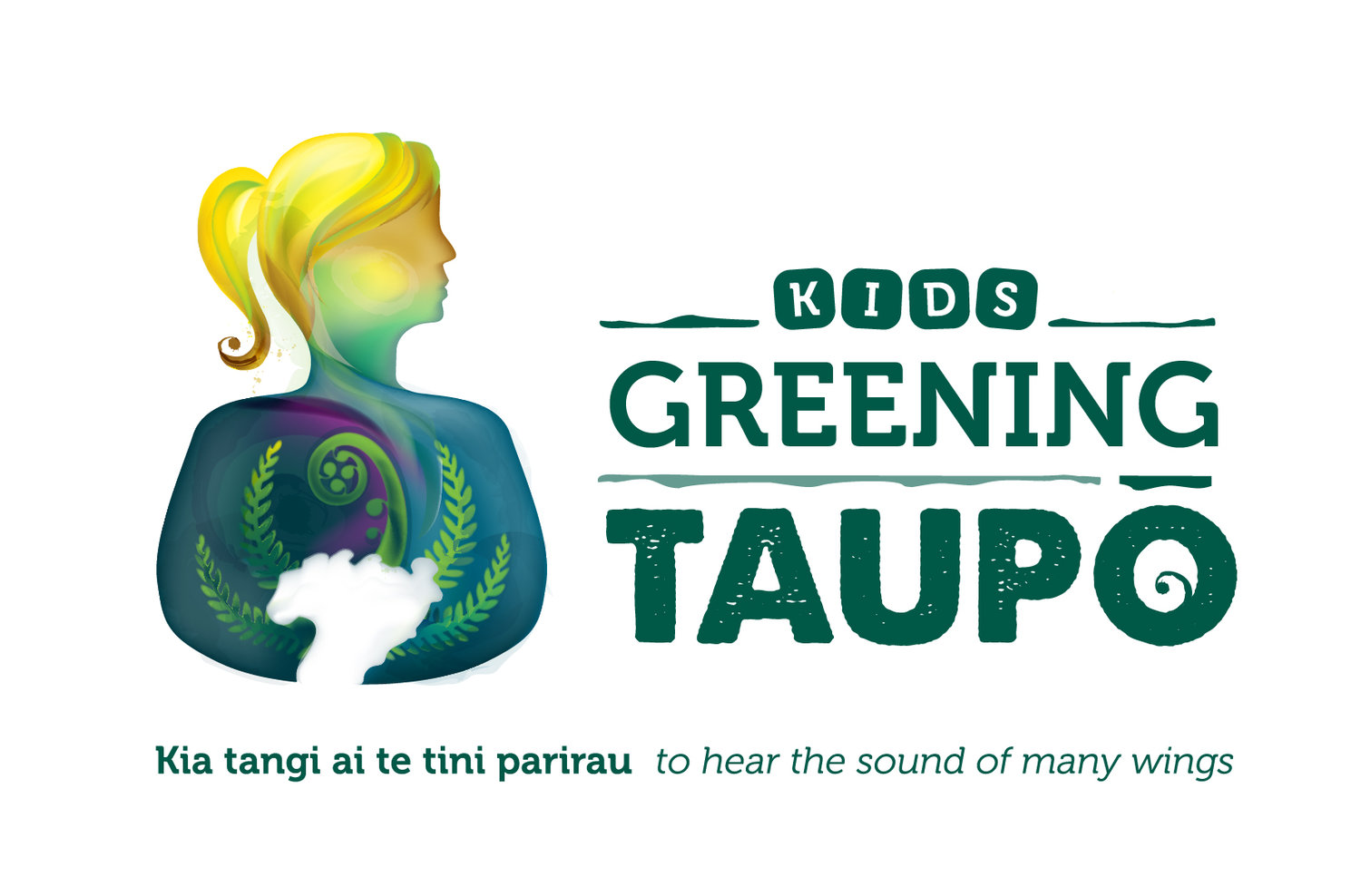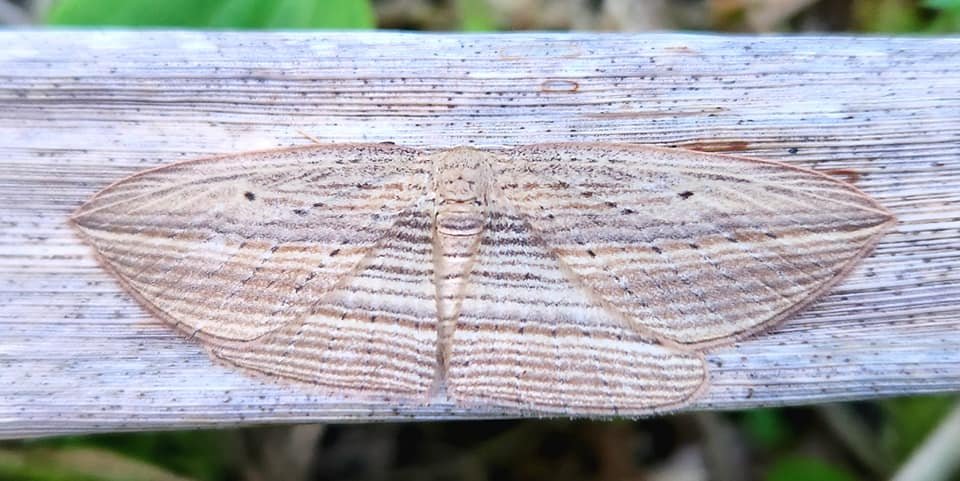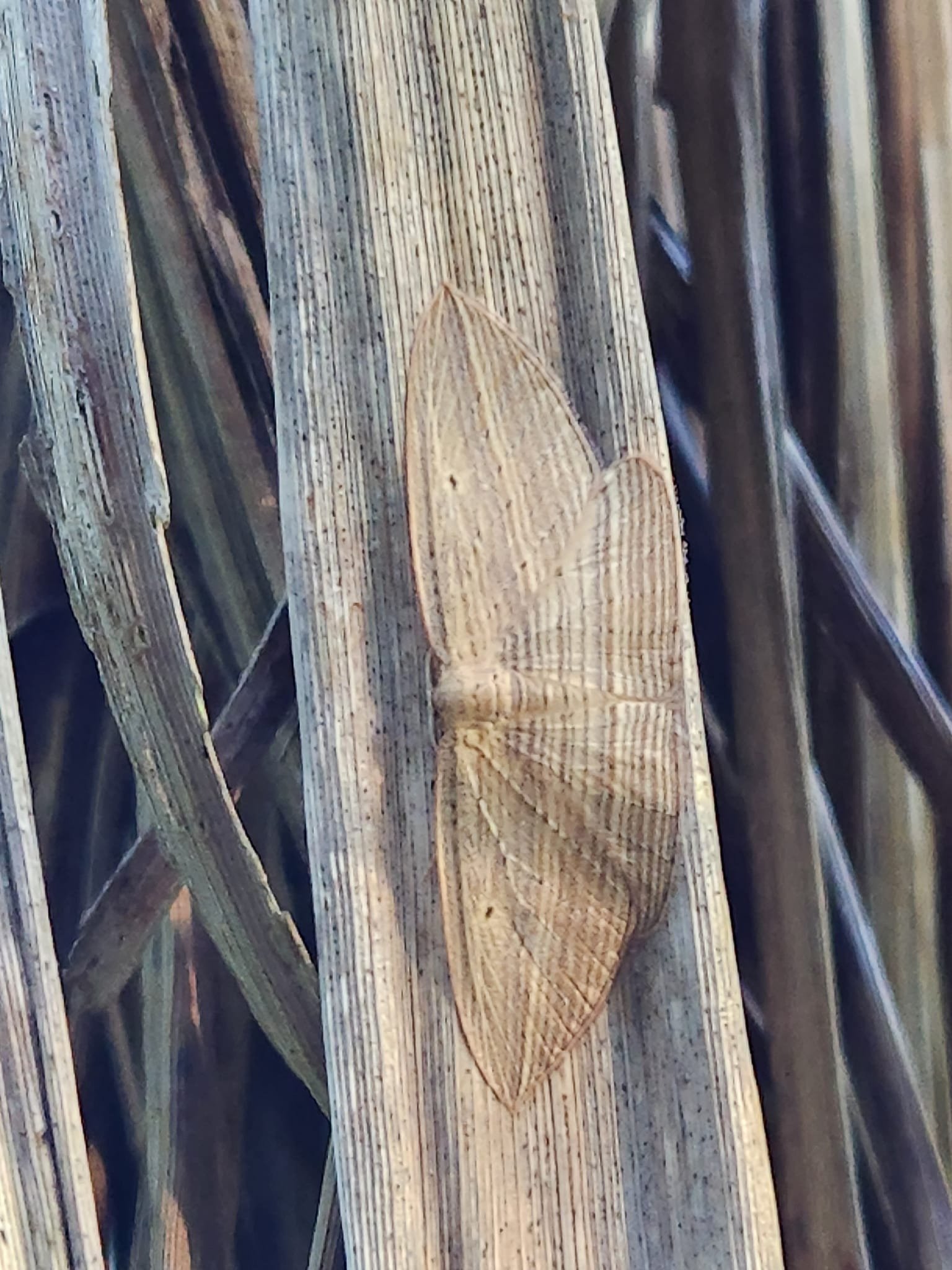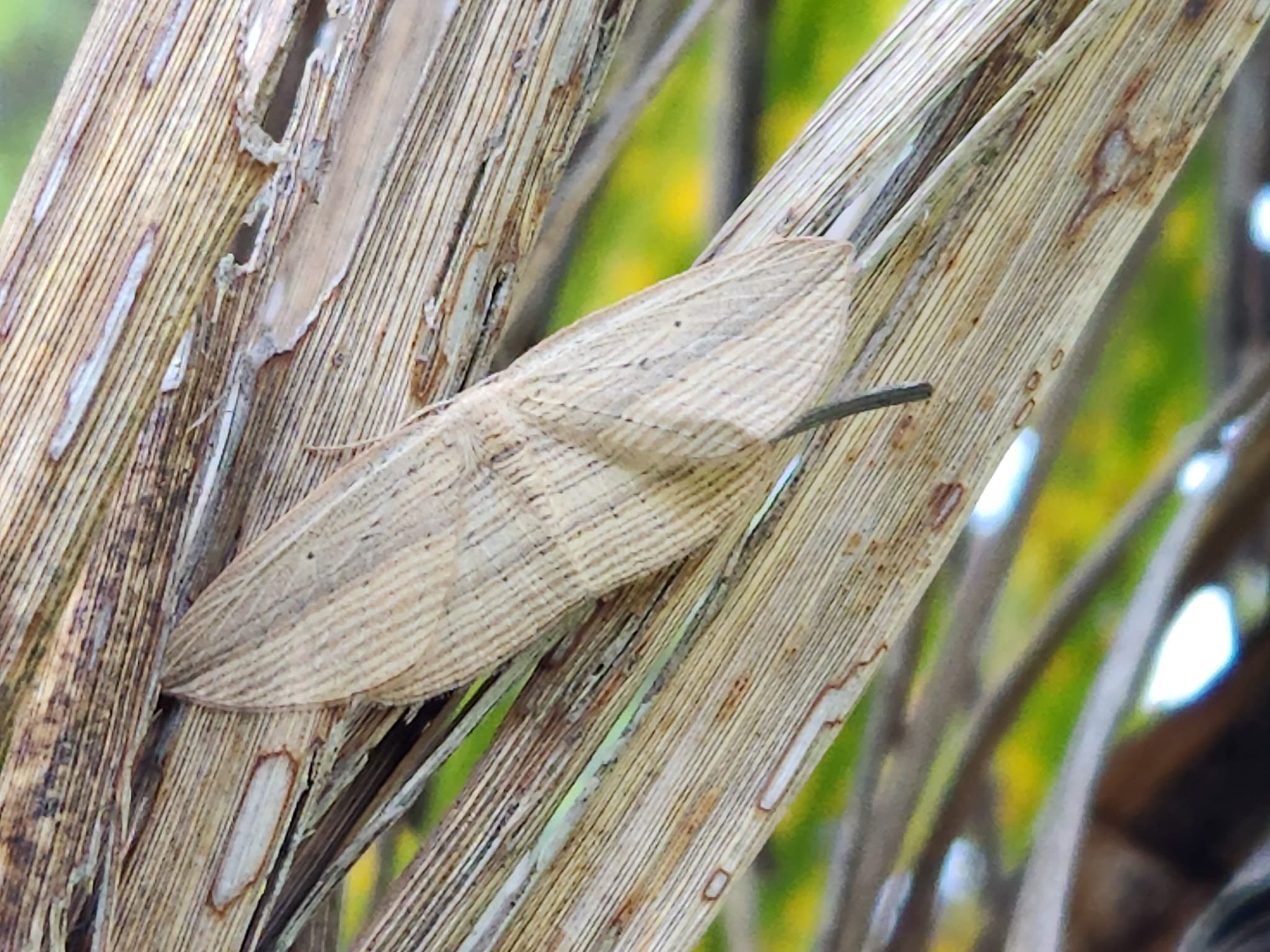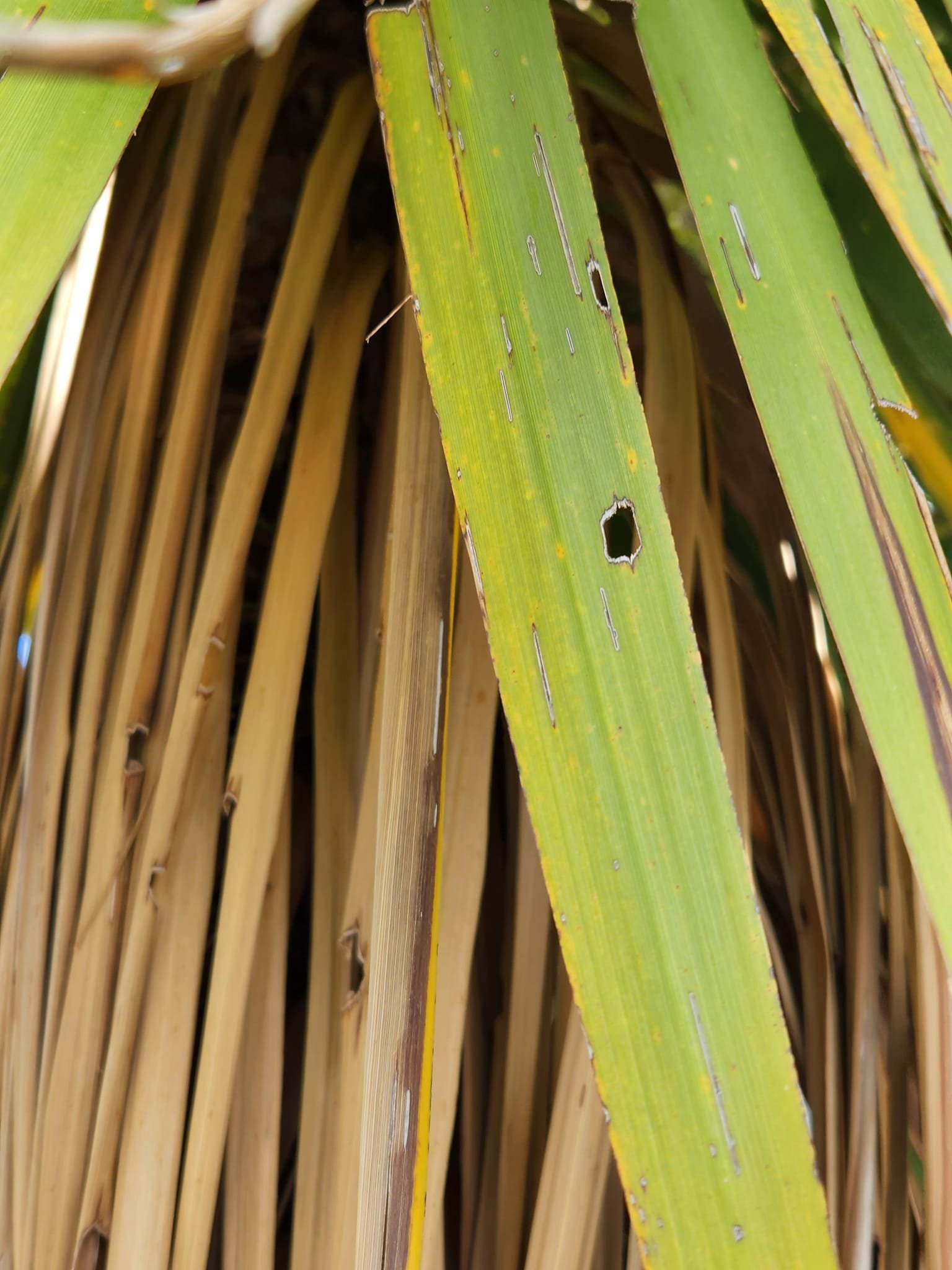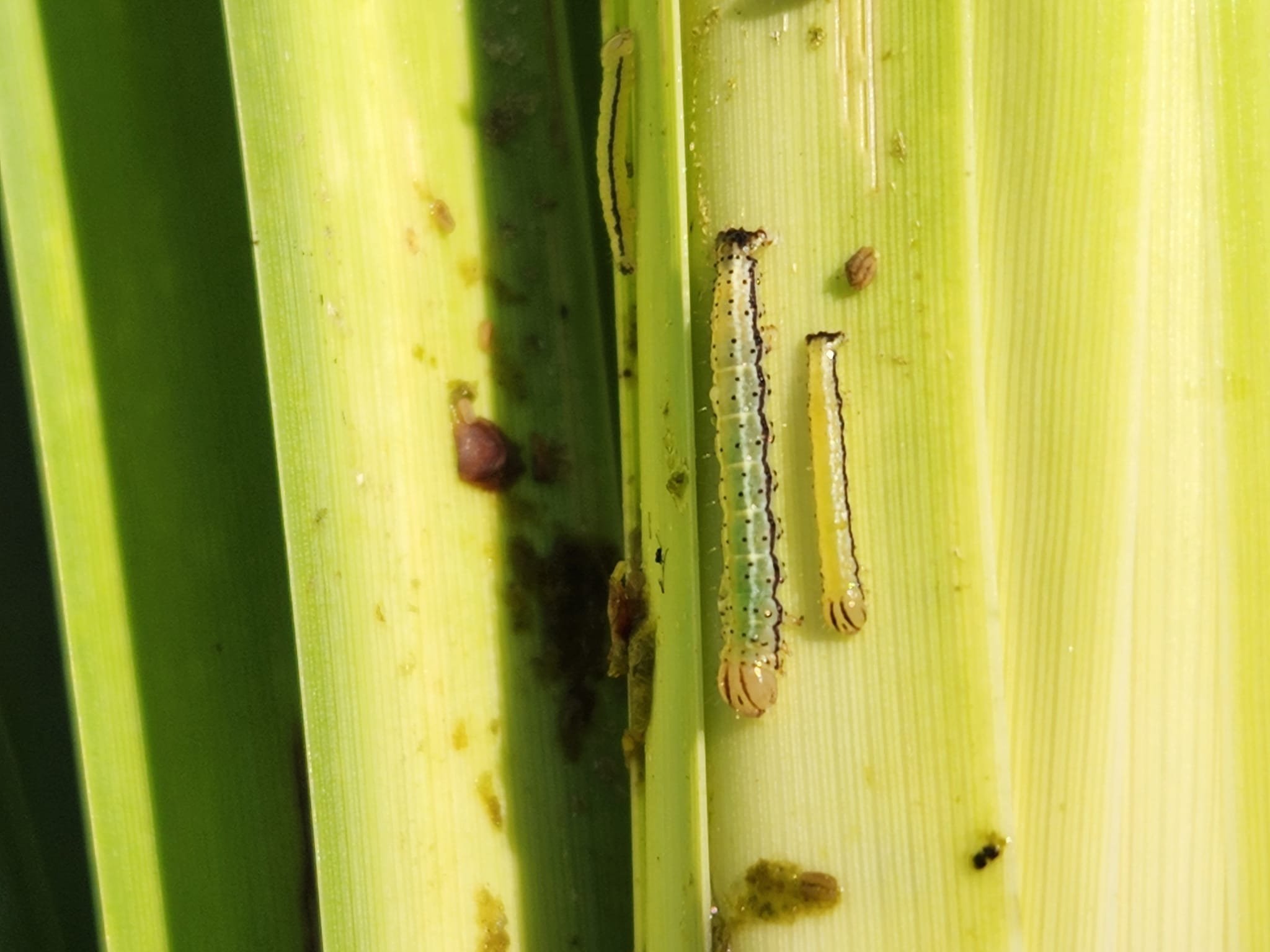Investigate Tī Kōuka (Cabbage Trees)
Have you noticed the beautiful scent of the tī kōuka (cabbage tree) flowers in spring? They look like fireworks bursting out of the spiky leaved trees and they smell devine. Soon they will turn into berries for our birds. These awesome trees were used traditionally for fibre, weaving, medicine, and food. Early settlers used the leaves to make waterproof clothing, sandals, and hats. The dead leaves were used as kindling, the trunks as chimneys (they do not burn well), and the roots were brewed to make beer!
Snares made from tī leaves were durable and kept their shape well. Because tī fibre doesn’t shrink in water, the leaves were used for anchor ropes. Fishing nets made from harakeke were strengthened with runners of tī leaves. Kawe (back straps) for carrying heavy loads were often plaited from tī. Paraerae (sandals) made from dried tī leaves were a valued item for traversing rough ground and avoiding prickly plants underfoot. (From Landcare Research)
Tī kōuka are an important restoration species and their long tap roots make them great for stabilising banks. What an absolutely amazing tree! Read more about tī kōuka on the DOC website.
Investigate a tī kōuka tree and discover the cool critters that are living in it. It would be best to find a small tree for this! Watch the flowers and see who comes to visit. They provide nectar for native bees, birds, flies, and geckos. What can you spot in the flowers?
Then look under the dead leaves at the bottom of the tree. Lots of invertebrates live in this spot. Often different beetles and spiders will scamper out, but if you are lucky you might spot these masters of camouflage, the cabbage tree moth! They live under the dead brown leaves at the bottom of the tree, lying flat with the stripes of their wings matching the veins of the leaves.
Its looper caterpillar lives in the heart of the tī kōuka tree and eats the new young leaves, so you need to look inside the top of the tree for them. They eat holes in the leaves when small, then eat the edges of leaves as they get bigger. These holes stay in the leaves and grow along with the leaf, so you might spot trees with lots of holes in their leaves.
Spring is a great time to spot these moths and caterpillars while enjoying the beautiful aroma of the tī kōuka tree flowers. The fruit is an important food source for birds, and kahu (hawks) use the leaves for their nests. There is actually another species of moth (the cabbage tree bell moth) that has caterpillars sheltering in the tips of the leaves. Can you spot them too?
The grubs of the cordyline weevil also rely solely on this plant. Isn't it amazing to think that so many creatures rely on this one species of plant? Next time you hear a gardener grumbling about the tī kōuka leaves on their lawn, make sure you tell them all about why this plant is so special!
Investigate other native plants and the bugs that live in them. Check out this great resource!
Check out these craft projects using dead tī kōuka leaves! Thanks to Celia Hogan from Little Kiwis Nature Play.
